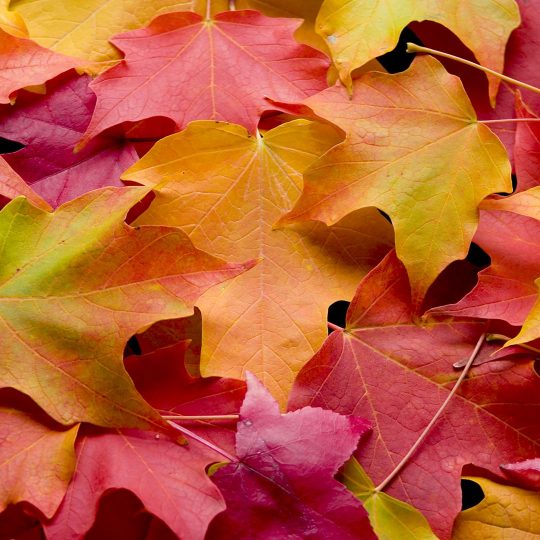What to do with Fallen Autumn Leaves
They’re not Just for Raking Anymore
Posted
October 26, 2017

It’s the most beautiful time of the year. Autumn brings vivid red, yellow, and orange hues to the landscape. But when leaves change color it means more than just fall, it means fallen autumn leaves. There are things you can do to make the most of these leaves and help strengthen your lawn and garden.
Compost Autumn Leaves
Nutrient-rich compost can be used throughout your landscaping to fertilize and condition soil. Autumn leaves are a great source of high-carbon material for the compost pile. Alternate layers of shredded leaves with other green materials—fruit and veggie scraps, grass clippings, and other plant parts—and let it sit over the winter. By the next planting season, you’ll have the perfect compost combination.
Autumn Leaf Mold
Like compost, leaf mold is beneficial to soil, but mold is made simply from fall leaves—maybe a little bit of soil or compost added. Let the leaf mold sit for about a year and then use it in your vegetable or flower garden or as potting soil.
Autumn Leaf Mulch
Shredded autumn leaves make perfect mulch for gardens, trees, shrubs, and more. Spread two to three inches of the shredded leaves to the garden, but be careful not to let the leaves touch the stems or trunks of the plants. This mulch helps retain moisture and limit weeds. Plus, the leaves add nutrients back to the soil when they break down further.
Collecting Autumn Leaves
Once the leaves are raked up, jumped in, and raked up again, collect the pile to dump in the compost pile. Once winter rolls around, you won’t find this kind of natural compost material easily. Same goes for planting season in the spring. When the time comes to mulch and compost, be ready with a collection of brown leaves to add to your garden.
Mowing Leaves
Tired of raking? Run over leaves with a lawn mower, and the shredded results will break down over the winter, adding nutrients and shade to the soil. This results in fewer lawn weeds to worry about next year. Do this once a week until the last leaf falls, and you won’t have to break out the rake. Bonus, your lawn will look better next spring and summer.